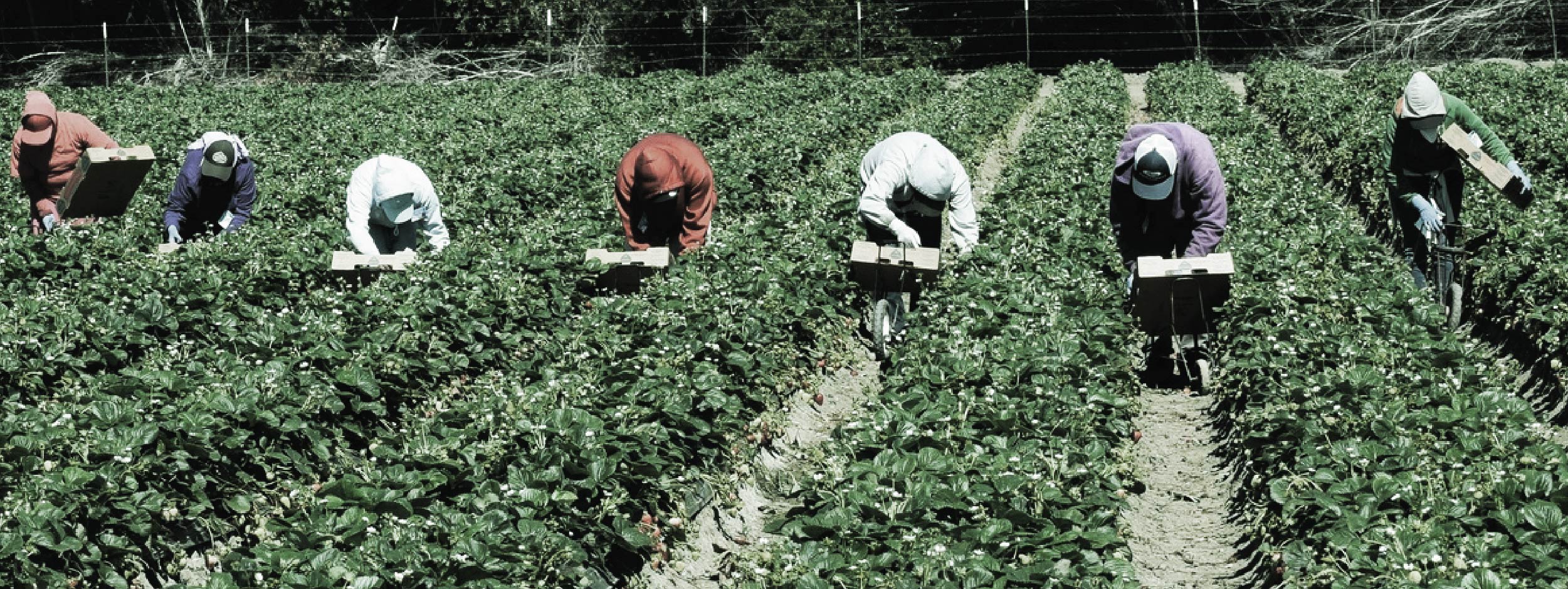Managing Labour Migration in the 21st Century


The challenge
Labour markets are transforming globally due to the increasing flow of skilled and semi-skilled migrants. The mobility of goods and labour now occurs in many temporal and geographical directions. More attention needs to be given to the 'global race for talent' as it unfolds after the Covid-19 pandemic, along with its related demographic and economic implications. Despite increased mobility and interconnectedness, immigration policies in key destination countries in Europe, North America, and Australia have become increasingly restrictive, with many countries favoring temporary migration schemes. Issues related to the recognition of foreign credentials, technical skills, and soft skills often result in underemployment and unemployment of economic migrants, a longstanding problem in Canada and elsewhere. Furthermore, the use of automation and artificial intelligence, the offshoring of production units to low-wage countries, and the intensification of international trade and global supply chains often exacerbate these issues. As we recover from the global pandemic, questions arise with a sense of increased urgency: Is the current labour migration approach sustainable? Do destination countries truly benefit from skilled migration, and how do skilled migrants fare? Are temporary migration streams beneficial for host countries, and how well do migrants and their families manage under such arrangements? Lastly, how do new digital technology developments impact the labour market trajectories of migrant workers?

Our research focus
The outcome of labour market transformation has varying effects in different regions around the world. Our research focus addresses emerging trends such as:
The increasing reliance on temporary migrants in Canada, with a focus on temporary migrant worker and their labour market integration process; international student transitions to permanent residency status and the processes in which international students are recruited to Canada and integrated into the workforce; as well as a look at the trajectories of French international students. (Marshia Akbar, Jeremie Molho)
The hurdles in labour market integration experienced by recently arrived migrants and refugees; a look at the role of intersecting dimensions of identities in labour market integration through an investigation of subgroups of Canada’s South Asian newcomer population; the resources and tools needed by businesses to better leverage the skills and talents of newcomers, guided by the new BMO Newcomer Workforce Integration Lab; an investigation into the skills gaps and the need for better matching between migration flows and labour market needs through an international, comparative study. (Marshia Akbar and Anna Triandafyllidou).
The information needs and decision-making processes of potential immigrants and newcomers, with a closeup look at the role of social media as information source and service provision, and the decision-making processes of highly skilled immigrants and international students, particularly during times of global uncertainty. (Ashika Niraula, Stein Monteiro)
The policies and practices that shape the relationship between migrant skills, technology and innovation in Canada, with a focus on the Start-up Visa and the Temporary Foreign Worker Program. (Stein Monteiro)
The role of employment in the gig economy in shaping newcomer labour market integration; and the labour force protections and workers access to rights for migrant farmworkers. (Laura Lam, Anna Triandafyllidou, Erika Borrelli)
The impact of contract-based circular temporary labour migration from South and Southeast Asia to the Gulf Cooperation Council (GCC) countries on migrant workers and their families. We examine the interaction between state policies/practices and migration brokers in regulating flows and question the sustainability of such migration regimes. (Richa Shivakoti)
